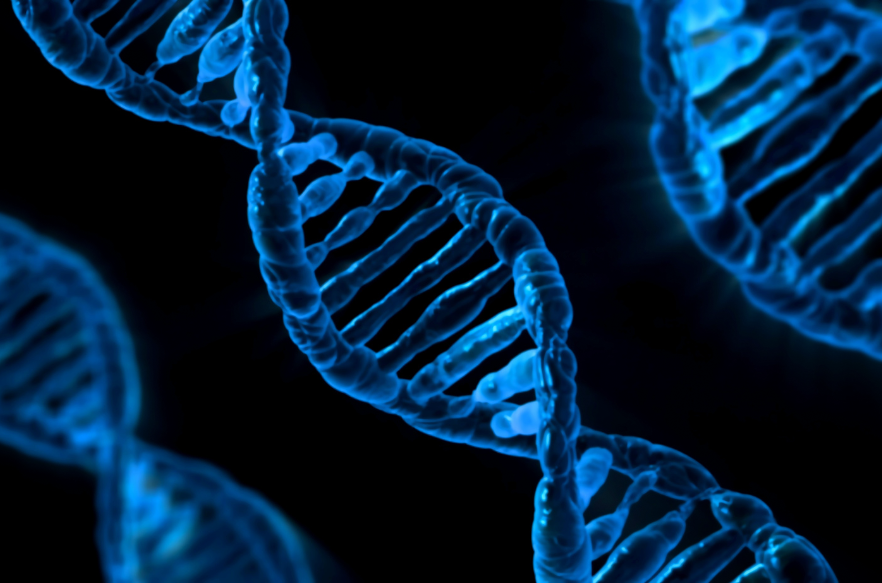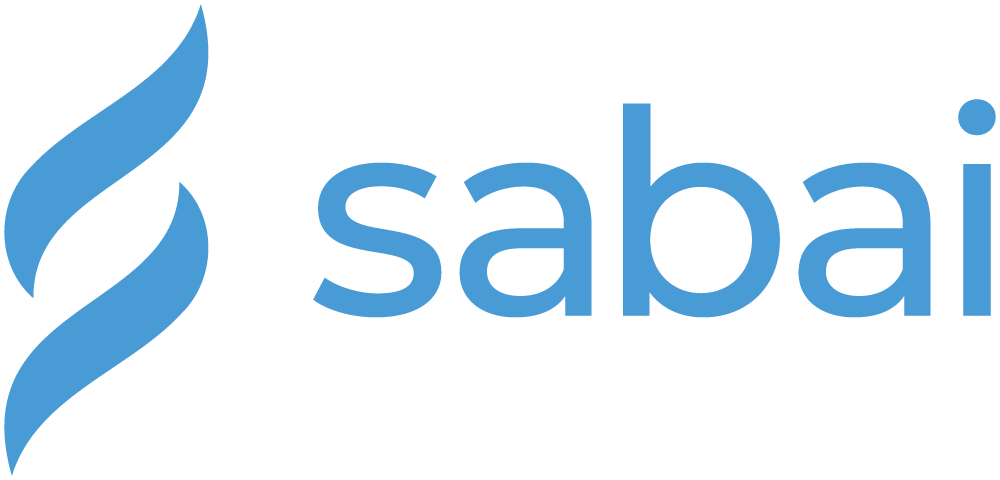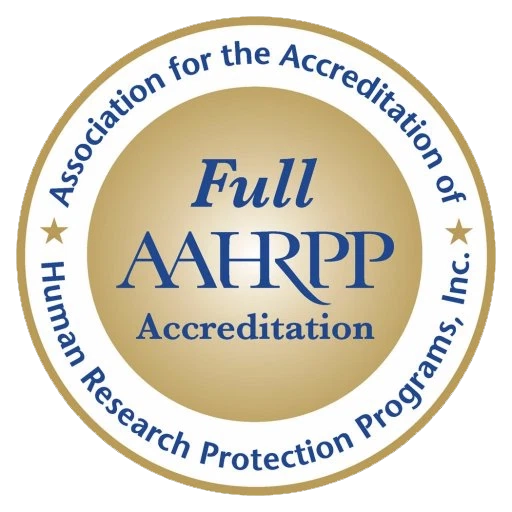Gene Therapy In Action: Amyotrophic Lateral Sclerosis (ALS)
Gene Therapy in Action is a digital publication casting an important spotlight on rare diseases and cancers. This series highlights the increasingly critical role of genetic engineering (also called “gene therapy” or “gene transfer”) in the clinical landscape with respect to developing novel and effective therapeutics for the treatment of life-threatening conditions with an urgent unmet medical need.
This blog is for educational purposes only and is not intended to replace the advice of your doctor or other health care provider.
What Is ALS?
Amyotrophic Lateral Sclerosis (ALS), commonly known as Lou Gehrig’s disease, is a rare disease affecting approximately 1-8 people per 100,000 globally. According to the National ALS Registry, the estimated number of ALS cases in the United States is approximately 25,000. ALS is a progressive neurodegenerative disease that affects the motor neurons (nerve cells) responsible for sending messages from the brain to the spinal cord, and from the spinal cord to the muscles. These motor neurons play a critical function in controlling voluntary muscle movement required for everyday activities such as walking, talking, swallowing, and breathing. Progressive deterioration of these motor neurons causes them to stop sending messages to the muscles and the muscles gradually weaken over time (atrophy). Eventually, the brain loses its ability to initiate and control voluntary movements leading to muscle paralysis and premature death in affected patients, often due to respiratory complications.
What Causes ALS?
There are two main types of ALS distinguished by their clinical characteristics and potential genetic associations: sporadic ALS and familial ALS (FALS). Sporadic ALS is the most common form of the disease, accounting for approximately 90-95% of cases, and typically occurs randomly in individuals with no known family history of ALS. While there may be potential associations between sporadic ALS and certain lifestyle, environmental, or genetic risk factors, it is still not known what causes the disease in most cases of sporadic ALS. In contrast to sporadic ALS, familial ALS (FALS) refers to ALS cases where there is a known family (genetic) history of the disease. FALS accounts for approximately 5-10% of people with ALS and is linked to the inheritance of a faulty (mutated) gene from one parent that may lead to ALS.
Genetic alterations (mutations) in over 20 genes have been associated with ALS. These alterations may result in cells making too little protein or protein with defective activity (termed loss-of-function) or may result in cells making too much protein or protein with an undesirable new activity (termed gain-of- function). Over time, these genetic changes can have a significant negative impact on motor neuron development, function, and health; ultimately leading to motor neuron damage and death. Mutations in two genes known as C9ORF72 and superoxide dismutase 1 (SOD1) are the most common genetic causes for ALS; however, additional genes have also been associated with the disease including ataxin 2(ATXN2), fused in sarcoma (FUS), and TAR DNA binding protein 43 (TDP43). These genes encode for proteins that play a variety of housekeeping and protective functions such as regulating inflammation, breaking down toxic oxygen molecules, recycling macromolecules, and processing of RNA in the cell, among other functions.
Treatment for ALS
Currently, there is no cure for ALS. However, the U.S. Food and Drug Administration (FDA) has approved Edaravone (Radicava™) and Riluzole (Rilutek®, Exservan™ and Tiglutik™) for treating ALS. While these drugs may not prevent, halt or reverse ALS, they may potentially slow the progression of ALS and prolong survival. Additional medications may also be prescribed to provide relief from symptoms associated with ALS. Physical therapy and occupational therapy are also common lines of treatment for ALS. Stretching exercises are recommended to limit discomfort and preserve range of motion, while an occupational therapist can assist in adapting new ways for an ALS patient to perform everyday tasks more comfortably. Speech therapy can assist ALS patients with speaking and swallowing difficulties, while a respiratory therapist may be advised for those with difficulties breathing or coughing.
Gene Therapy Highlights for ALS
Given the association between mutations in certain genes and the development of ALS, gene therapy presents an attractive approach for development of therapeutic strategies for treating ALS. In general, gene therapy, or gene transfer, is the process of introducing genetic material into the body for one of several purposes: to introduce a functional copy of a dysfunctional gene, to silence (“turn-off”) the expression of a harmful or toxic gene, to introduce gene editing components to correct the disease- causing mutation, or to introduce new or modified genes into the body to help treat a disease. Below we highlight just a few ongoing, or planned, clinical trials in which various gene therapy approaches are being investigated for the potential treatment of ALS. The information provided below is from publicly available sources and is not intended to reflect as advertising or endorsement of any clinical trial sponsor. The status of each trial was accurate at the time of publication.
Highlight #1
Trial Title: Human Neural Progenitor Cells Secreting Glial Cell Line-Derived Neurotrophic Factor (CNS10- NPC-GDNF) Delivered to the Motor Cortex for the Treatment of Amyotrophic Lateral Sclerosis.
ClinicalTrials.gov Identifier: NCT05306457 Status: Currently recruiting participants.
Intervention/treatment: Biological – CNS10-NPC-GDNF
Trial Summary: This Phase I/IIa study is an experimental stem cell-based therapy study designed to assess the safety of CNS10-NPC-GDNF for the treatment of ALS in adult subjects. CNS10-NPC-GDNF consists of a specialized type of cell of the nervous system, known as neural progenitor cells (NPCs), that has been genetically-modified to produce (“express”) a protein called glial cell line-derived neurotrophic factor (GDNF) that is known to promote the survival of neural cells. After genetic modification of the NPCs, the cells are stimulated to differentiate into a particular kind of neural cell, called an astrocyte, that plays several critical regulatory functions in the brain. Once administered into the motor cortex (the region of the brain responsible for initiating motor movements) of ALS patients, the modified CNS10-NPC-GDNF cells are anticipated to i) replace damaged or dying astrocytes, and ii) secrete the GDNF protein which is expected to enhance the survival of motor neurons in the motor cortex.
highlight #2
Trial Title: A Phase 2a, Double-Blind, Randomized, Placebo-Controlled, Multicenter Study to Assess the Safety of Engensis in Participants With Amyotrophic Lateral Sclerosis.
ClinicalTrials.gov Identifier: NCT04632225 Status: Ongoing, but no longer recruiting or enrolling new participants.
Intervention/treatment: Biological – Engensis (VM202)
Trial Summary: This Phase IIa study is a gene therapy study designed to assess the safety and preliminary efficacy of Engensis (VM202) for the treatment of ALS compared to placebo. Engensis consists of a small circular DNA molecule (called a plasmid) that is engineered to produce two forms of human growth factor (HGF), a protein that stimulates the formation of new blood vessels (angiogenesis), promotes nerve survival and regeneration (neurotrophic factor), and may contribute to muscle tissue regeneration. Engensis is injected directly into selected muscles and the subsequent production of HGF is anticipated to protect nerves and promote the regeneration of motor neurons while also ameliorating atrophic conditions associated with ALS thereby slowing or preventing ALS progression.
highlight #3
Trial Title: Pending – A Phase I/II multi-center, three-part trial is planned for 2022.
ClinicalTrials.gov Identifier: Pending Status: Not yet recruiting.
Intervention/treatment: Biological – APB-102
Summary: This planned Phase I/II study is a gene therapy study intended to assess the safety and efficacy of APB-102 in patients with mutations in the SOD1 gene that are associated with ALS disease. APB-102 is derived from adeno-associated virus serotype rh10 (AAVrh10), a virus that is not known to cause disease in humans. This virus, modified in the laboratory so that it cannot reproduce once introduced into the body, acts as an efficient delivery system (“vector”) to introduce a small RNA molecule (known as a microRNA) into the body that can inhibit, or silence, production of the mutated SOD1 protein. Reduction in the levels of the mutated SOD1 protein is expected to provide therapeutic benefit by improving the survival and function of motor neurons in patients with ALS.
For Patients, Family Members and Caregivers
Looking for resources on ALS?
- ALS Association (https://www.als.org/)
- ALS Therapy Development Institute (https://als.net/)
- National Amyotrophic Lateral Sclerosis (ALS) Registry (https://www.cdc.gov/als/Default.html)
- Northeast Amyotrophic Lateral Sclerosis Consortium (https://neals.org/)
- Muscular Dystrophy Association (https://www.mda.org/disease/amyotrophic-lateral-sclerosis)
- National Institute of Neurological Disorders and Stroke (https://www.ninds.nih.gov/health-information/patient-caregiver-education/fact-sheets/amyotrophic-lateral-sclerosis-als-fact-sheet)
- Rare Diseases Clinical Research Network (https://www1.rarediseasesnetwork.org/cms/create)
- Your ALS Guide (https://www.youralsguide.com/)
- I AM ALS (https://iamals.org/)
- ClinicalTrials.gov (https://www.clinicaltrials.gov/ct2/results?term=amyotrophic+lateral+sclerosis)
For Sponsors, CROs and Institutions
Interested in hearing how our extensive in-house staff of subject-matter experts can facilitate an accelerated, compliant Institutional Review Board (IRB) or Institutional Biosafety Committee (IBC) review of your gene transfer/gene therapy clinical trials?
Reach out to info@sabai.com or call 1-888-442-2472 to set up a call with our team.



